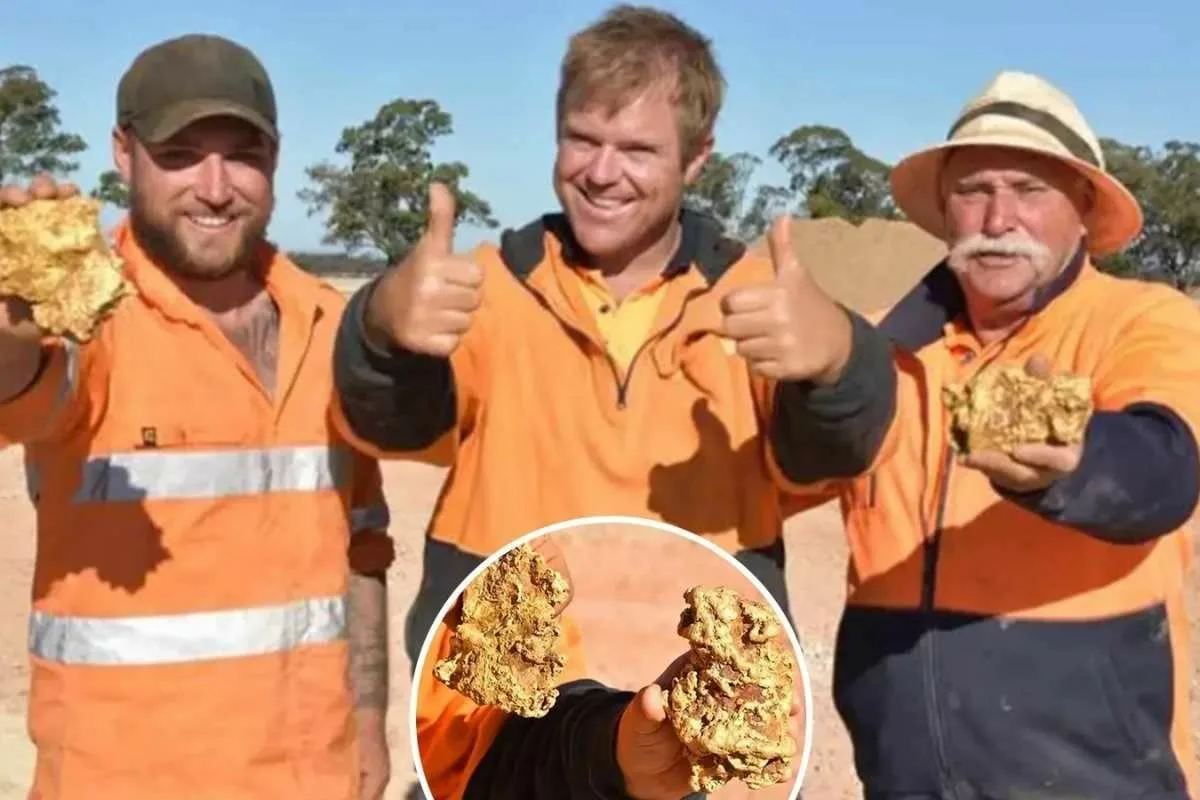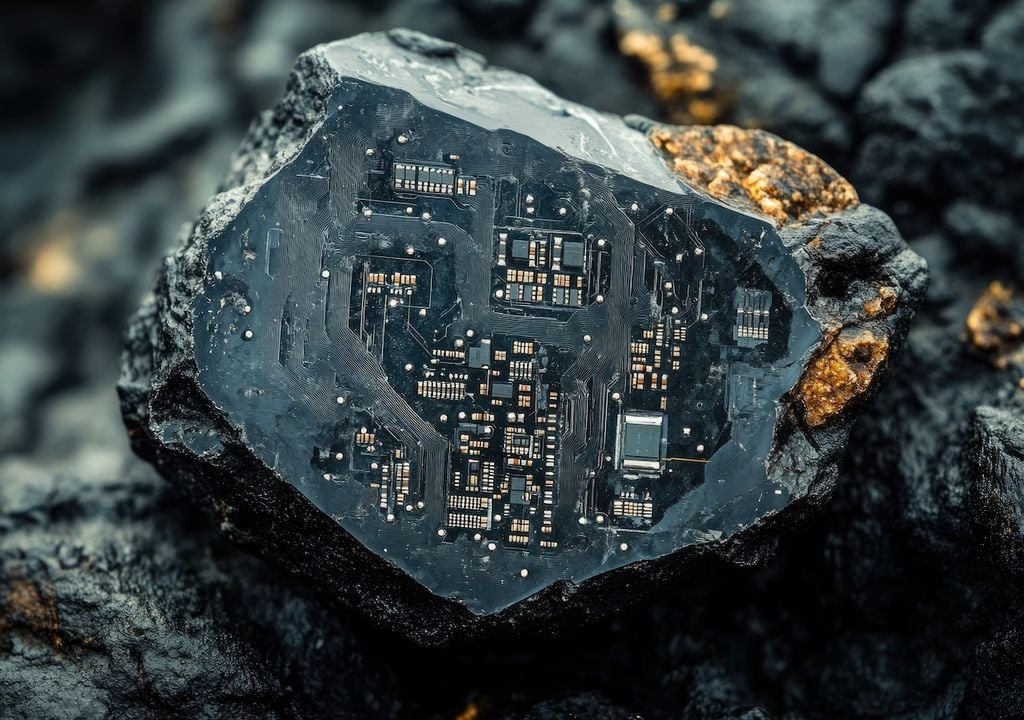Gold from electronic waste could be a source of opportunity thanks to a ‘magic solution’ that can also make gold extraction less toxic. Gold is in high demand worldwide, and this trend is expected to increase in the future. Recently, Financial Express reported that demand could increase by 20% in 2026, according to Bank of America analysts.
Gold not only has aesthetic value, written in stone throughout the centuries, but also has economic value and functional value, being present in most of our electronic products and technological luxuries.
However, gold mining has traditionally been associated with the introduction of toxic substances such as cyanide to extract it. It is therefore not surprising that the mining industry has earned a bad reputation for its negative environmental impacts on water, air and soil.
Chemists and gold prospectors
Green chemistry experts and other scientists believe they have found the “magic solution” for extracting gold. Their method involves the environmentally safe and economical extraction of gold from minerals or even old computers.

The team at Flinders University in Australia has developed a safer and more sustainable way to obtain gold. They say that their gold extraction technique can be used to reduce toxic mining waste and even recover gold hidden in electronic waste.
The team was led by Professor Justin Chalker, who used an integrated method for high-performance gold extraction from multiple sources, including printed circuit board (PCB) waste.
‘The study introduced many innovations, including a new, recyclable leaching reagent derived from a compound used to disinfect water,’ said chemistry professor Justin Chalker, who heads the Chalker Laboratory at Flinders University’s Faculty of Science and Engineering.
‘The team also developed a completely new way to manufacture the absorbent polymer, or the material that binds the gold after extraction in water, using light to initiate the key reaction.’
This new method represents a step towards more sustainable gold recovery from electronic, metal and mineral waste.
The team plans to apply this principle to mining and electronic waste management operations, testing the method for scaling up. If it works well and investment is secured, it may one day reach commercial scale.
‘The goal is to provide effective methods of gold recovery that support the multiple uses of gold, while reducing the impact on the environment and human health,’ said Professor Chalker.
Low-cost approach
The method uses a secret ingredient for this chemical trick: an inexpensive compound for extracting gold, known as trichloroisocyanuric acid. This compound is used in water sanitation and disinfection and, when activated with salt water, can dissolve gold.
The gold would bind to a sulphur-rich polymer (developed by the team), which is highly selective, meaning it is able to recover gold even in fairly complex mixtures.
Gold extraction using a chemical solution illustrated with AI (for artistic purposes, not based on this scientific article) by YUANCEN.
The gold can be recovered by unrolling the polymer, allowing it to be recovered. The polymer can even be reused. It seems like magic, but it’s the magic of chemistry.

The lead author of the research shared his enthusiasm when Dr Patel said: ‘We dove into a pile of electronic waste and came out with a gold ingot! I hope this research inspires impactful solutions to pressing global challenges.’
This work demonstrates how collaboration and creativity can generate seemingly magical solutions to find more environmentally friendly solutions. It offers options for extracting resources and even addressing the growing global problem of increasing electronic waste.

